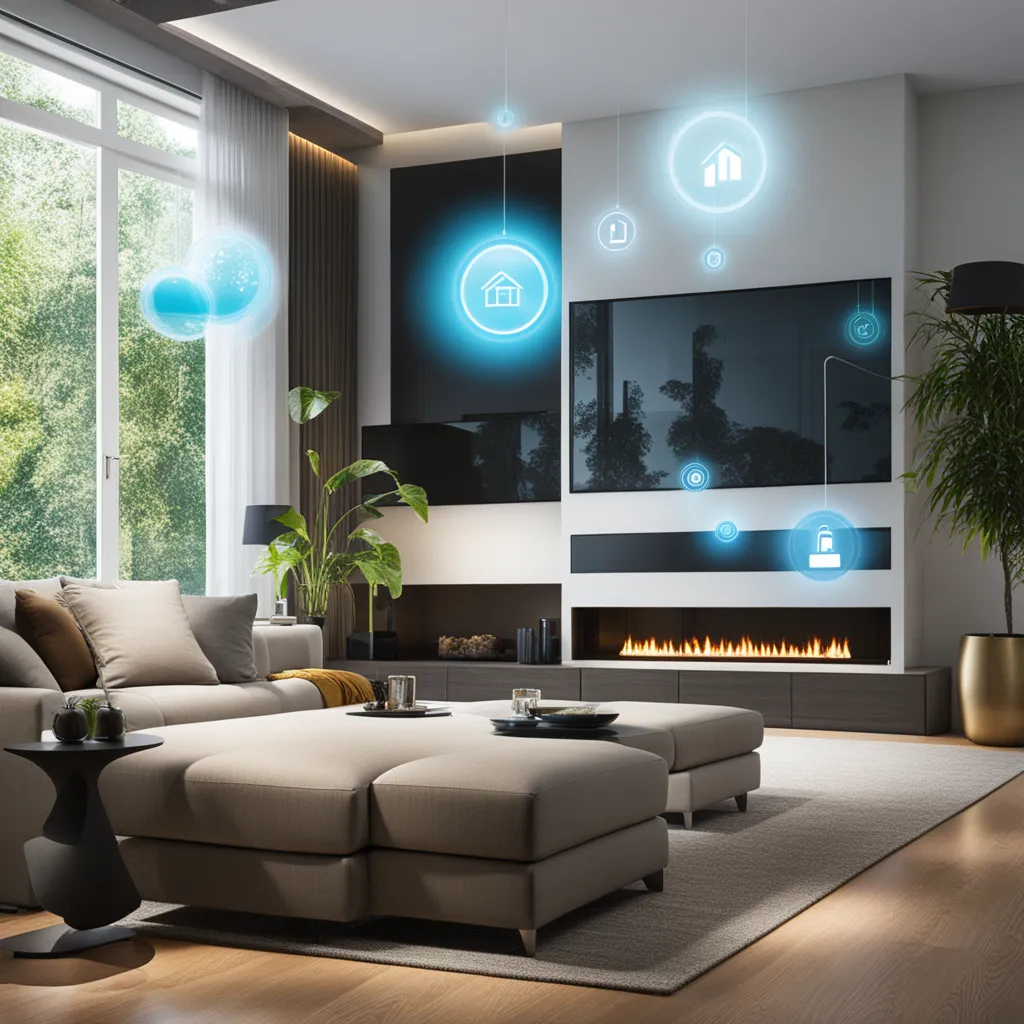Smart Homes 2.0: Elevating Daily Life with Technology
In the ever-evolving landscape of technological innovation, the concept of smart homes has undergone a significant transformation. Smart Homes 2.0 represents a new era where advanced technologies converge to elevate daily living experiences. From enhanced security systems to AI-powered assistants, let's explore the features and impacts of this next-generation smart home revolution.

Q: How have security systems evolved in Smart Homes 2.0?
A: Security systems in Smart Homes 2.0 have evolved with the integration of advanced technologies such as facial recognition, smart cameras, and machine learning algorithms. These systems not only provide real-time monitoring but also learn and adapt to user routines, enhancing overall home security.
Q: Can smart home security systems be hacked?
A: While no system is entirely immune to hacking, reputable smart home security systems employ robust encryption protocols and regular updates to mitigate hacking risks. Users can enhance security by using strong passwords and keeping firmware up to date.
Q: How does AI contribute to the functionality of Smart Homes 2.0?
A: AI plays a central role in Smart Homes 2.0 by powering intelligent assistants like Amazon's Alexa and google Assistant. These AI-driven systems understand and respond to natural language, enabling users to control various smart devices, play music, and even provide personalized recommendations.
Q: Are there privacy concerns with AI-powered smart home assistants?
A: Privacy concerns exist, primarily related to voice data storage and processing. To address this, users can review and manage their privacy settings, including disabling voice recordings or opting for devices with on-device processing to enhance privacy.
Q: How does the Internet of Things (IoT) contribute to Smart Homes 2.0?
A: The IoT connects and integrates various smart devices within a home ecosystem, allowing seamless communication and automation. In Smart Homes 2.0, IoT enables devices like smart thermostats, lights, and appliances to work together, creating a cohesive and efficient living environment.
Q: Are there interoperability challenges among different smart home devices?
A: Interoperability challenges have been a concern in the smart home ecosystem. However, industry initiatives, such as Project Connected Home over IP (CHIP), aim to standardize device communication, fostering greater interoperability among different smart home products.
Q: How do smart lighting systems contribute to energy efficiency?
A: Smart lighting systems in Smart Homes 2.0 offer features such as occupancy sensors, daylight harvesting, and remote control. These contribute to energy efficiency by automatically adjusting lighting levels based on occupancy and natural light conditions.
Q: Can smart homes be customized for different family members?
A: Yes, smart homes can be customized to accommodate the preferences and routines of different family members. Individual user profiles enable personalized settings for lighting, temperature, and entertainment preferences, creating a tailored living experience.
Q: What role do voice-controlled smart speakers play in Smart Homes 2.0?
A: Voice-controlled smart speakers act as central hubs in Smart Homes 2.0. They enable hands-free control of various devices, answer queries, and facilitate communication between different smart devices. Integration with third-party apps expands their functionality.
Q: Are there cybersecurity risks associated with smart home devices?
A: Yes, cybersecurity risks exist, especially with the increasing number of connected devices. To mitigate these risks, users should regularly update device firmware, use strong and unique passwords, and secure their home networks with encryption.
Smart Homes 2.0 epitomize the convergence of cutting-edge technologies, offering a glimpse into a more connected, intelligent, and efficient future. While these advancements promise unparalleled convenience and comfort, users must remain vigilant about security and privacy considerations in the ever-expanding realm of smart home technology.







